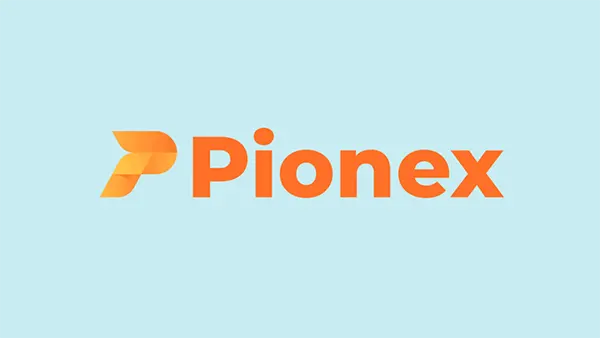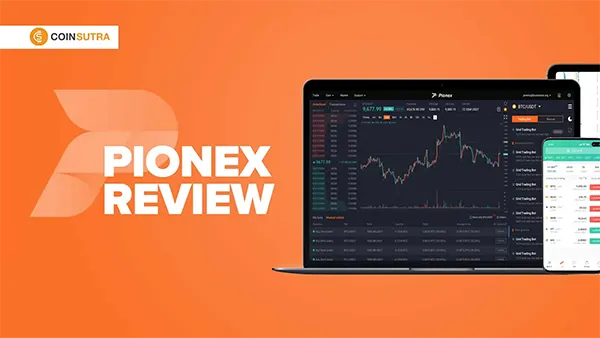
Trading Bots on Pionex: A Realistic Review of Key Strategies in 2025
Pionex remains one of the most recognisable automated trading services in 2025, offering traders a structured environment with built-in bots designed to operate under varying market conditions. As digital asset markets continue to mature, the performance of automated strategies is increasingly shaped by liquidity trends, volatility waves and regulatory changes. This article examines the most widely used bots on Pionex, assessing their practical effectiveness, operational logic and suitability for different trading goals.
Grid Trading Bot Performance in 2025
The Grid Trading Bot remains a staple among Pionex users due to its rule-based structure, which benefits from sideways or moderately oscillating markets. In 2025, its effectiveness has been largely influenced by the reduced volatility in major cryptocurrencies such as Bitcoin and Ethereum, compared with the turbulence of earlier cycles. The bot still performs convincingly on assets with consistent intraday swings, but results vary depending on the selected grid spacing and capital allocation.
One of the key observations from 2024–2025 market data is that tighter grids may offer higher trade frequency but expose users to increased fee accumulation. Conversely, wider grids reduce the number of executed orders but create more stable outcomes during sudden price expansions. This makes asset selection the decisive factor: coins with defined liquidity and established patterns tend to generate steadier returns.
Security considerations also play a substantial role. As regulatory frameworks across the EU and UK have tightened, users favour grid strategies on regulated exchanges or assets with high trading transparency. This trend reflects a shift towards reducing unnecessary risk and focusing on sustainable long-term tactics rather than short-term speculative bursts.
When Grid Trading Works Best
The Grid Trading Bot shows the strongest results when applied to markets with identifiable channels. Traders in 2025 often use technical indicators such as ATR bands and VWAP deviations to pre-determine reasonable price ranges. This preparation improves the predictability of the bot’s behaviour and reduces the likelihood of inefficient trades during market drifts.
Stablecoin pairs have become increasingly popular for grid setups as they minimise exposure to sudden losses from wider market corrections. Pairs such as USDT/USDC or USDT/DAI allow traders to accumulate small but consistent profits without the need to monitor macroeconomic news. This approach is now common among individuals seeking steady returns rather than aggressive growth.
A notable shift in strategy has also appeared: users prefer grids that are adjusted periodically rather than left running indefinitely. Regular recalibration ensures that the bot remains aligned with current volatility structures, especially during periods when global crypto sentiment shifts following regulatory announcements or institutional investment changes.
DCA Bot Reliability Under Modern Market Conditions
The Dollar-Cost Averaging Bot continues to attract traders seeking long-term asset accumulation. Its main advantage lies in its predictable cost-averaging principle, making it a practical choice during both bullish and corrective phases. In 2025, the bot’s performance has been reinforced by the ongoing institutionalisation of blue-chip cryptocurrencies, which provides more stable cyclical behaviour and less erratic price collapses compared to earlier market eras.
Market research shows that automated DCA strategies outperform manual entries in most scenarios because they reduce emotional decision-making. Traders relying on predefined intervals demonstrate better consistency and lower risk exposure, particularly when accumulating assets with long-term growth narratives such as ETH, BTC, and selected layer-2 tokens.
Nonetheless, DCA efficiency varies depending on market trajectory. During extended downturns, accumulation continues, but unrealised losses may deepen before recovery takes place. Therefore, many Pionex users in 2025 pair DCA with risk-management layers such as stop-allocation limits or periodic portfolio reviews to ensure that long-term investment plans remain sustainable.
Ideal Use Cases for the DCA Bot
The DCA Bot is most beneficial for individuals who prioritise structured accumulation over short-term speculation. It supports disciplined portfolio building, which is particularly useful when markets demonstrate gradual expansion rather than explosive growth. Its consistent operation protects traders from emotional reactions to price spikes and unexpected market dips.
Another advantage is its compatibility with diversified strategies. Many investors combine DCA with bots focused on momentum or volatility capture, creating a multi-layered system that balances steady accumulation with tactical profit-taking. This blended approach has become especially common among long-term holders who wish to remain active in the market without constant manual intervention.
The bot’s simplicity also contributes to its reliability. Because it operates on a predictable schedule, traders can integrate it into broader investment plans without the need for advanced market analysis. This makes it a practical tool for those managing portfolios around work schedules or other commitments.

Rebalancing Bot Results and Strategic Role in 2025
Rebalancing bots have gained traction among diversified portfolio managers who aim to maintain predetermined asset ratios. In 2025, this strategy has shown particular strength due to increased stability in mid-cap cryptocurrencies and the expansion of regulated trading environments. Regular automated rebalancing helps maintain exposure to assets that show consistent performance while preventing over-concentration in those that experience sudden surges.
The bot proves most effective when applied to portfolios containing assets with differing risk profiles. For example, combining BTC, ETH and a selection of AI-related tokens enables users to preserve core positions while still participating in emerging technology trends. Automated rebalancing smooths portfolio volatility and allows gains from outperforming assets to be redistributed in a structured manner.
A further advantage is its adaptability to market cycles. During consolidation phases, rebalancing helps maintain balanced exposure, while during rallies it secures profits by restoring weighted targets. For users seeking a disciplined, rules-based method of managing multiple assets, the bot continues to demonstrate strong long-term value.
Where Rebalancing Provides the Greatest Benefit
The Rebalancing Bot is particularly effective for investors managing multiple sectors of the digital asset market. As token categories expand — including AI infrastructure, real-world-asset protocols and decentralised compute networks — maintaining organised exposure becomes increasingly important. Automated adjustments enforce discipline and reduce the likelihood of portfolio drift.
It also suits users with medium-to-long-term horizons who prefer predictable allocation strategies instead of continuous market monitoring. Because rebalancing frequency can be customised, traders in 2025 typically choose intervals aligned with volatility conditions, such as weekly or bi-weekly adjustments. This prevents unnecessary trading and reduces fee impact.
The bot’s transparency is another strength. Users can clearly see how funds shift between assets, allowing them to track performance and make informed decisions about future allocation changes. This clarity supports responsible portfolio management, helping investors maintain focus on long-term goals rather than short-term fluctuations.
